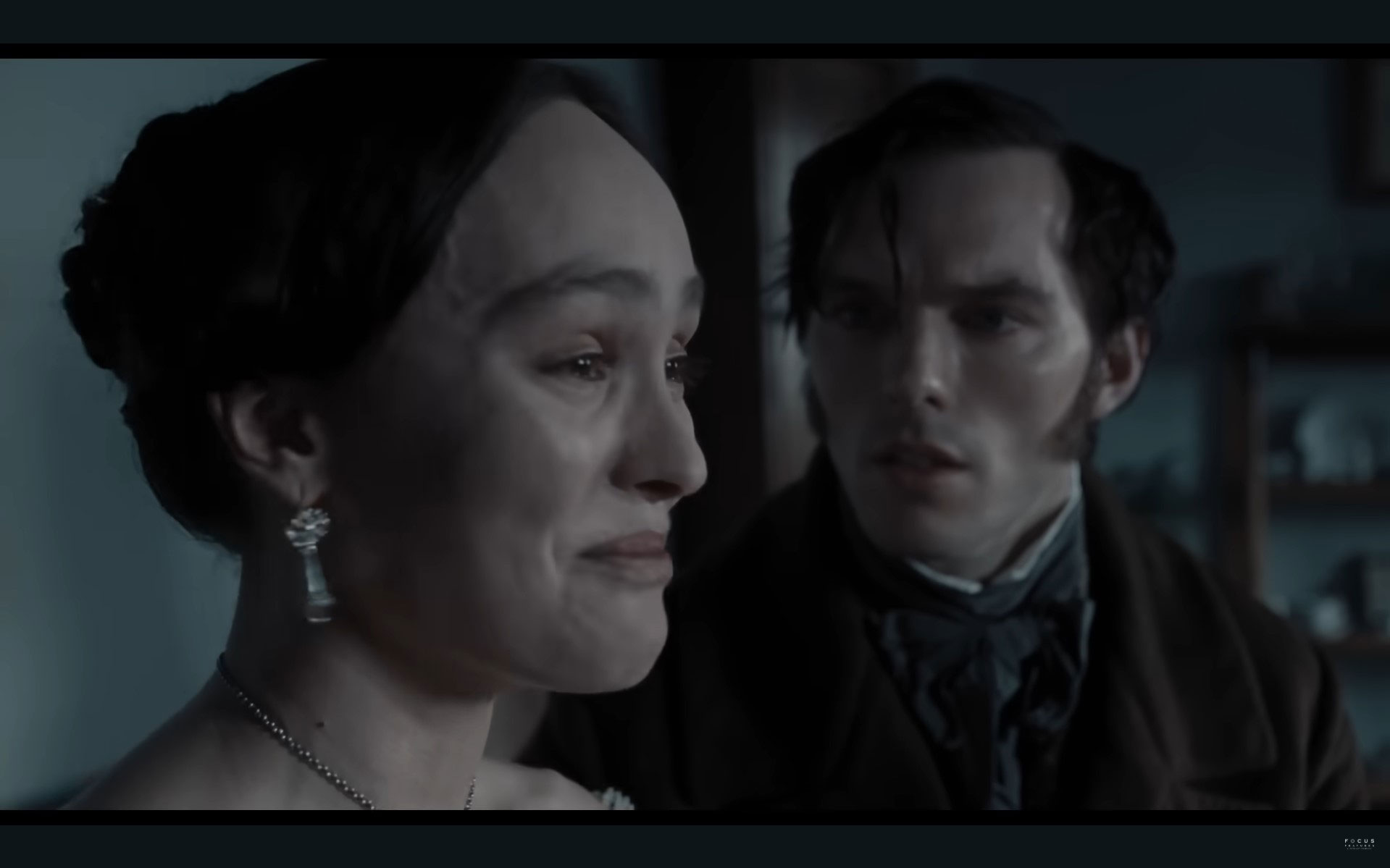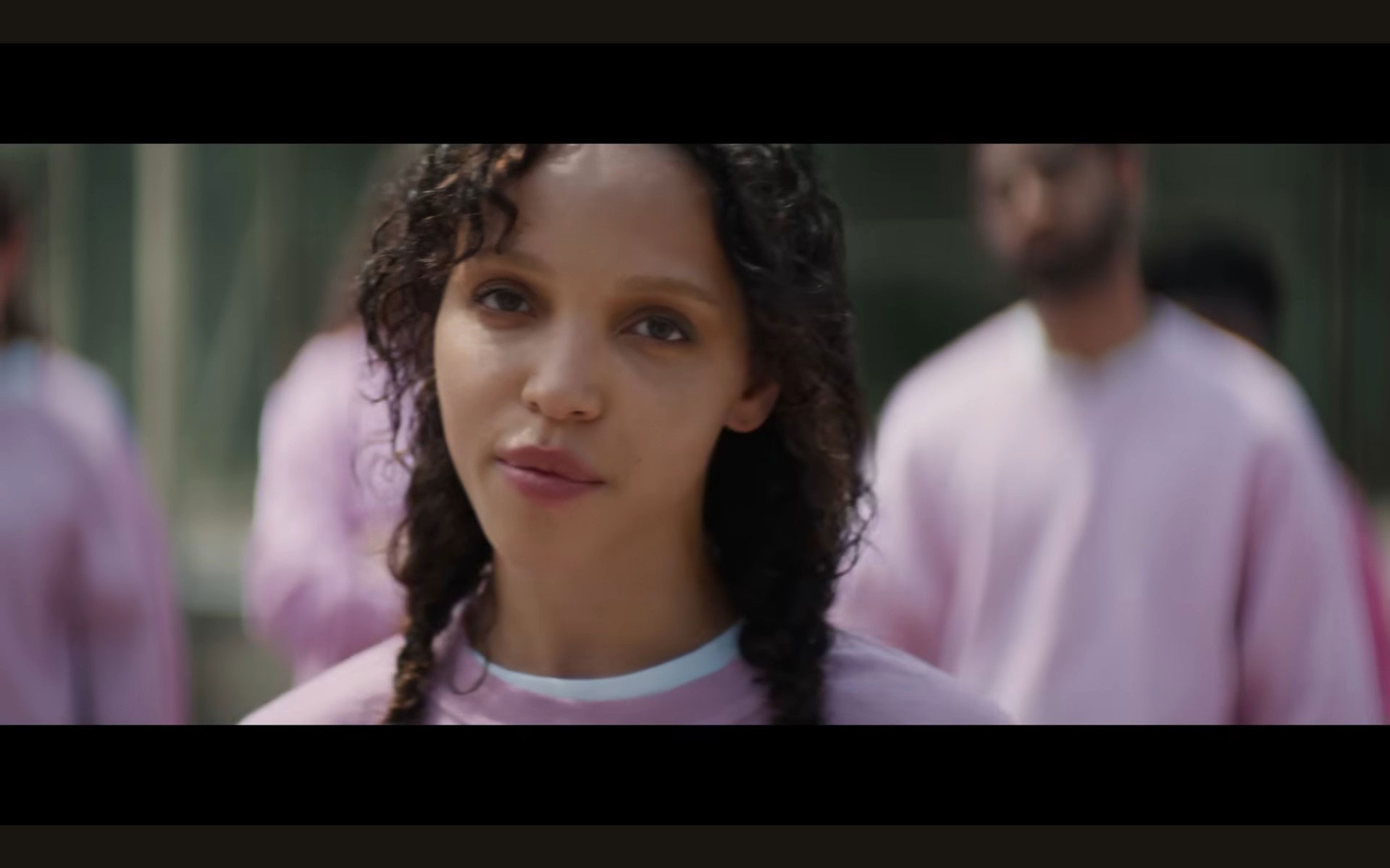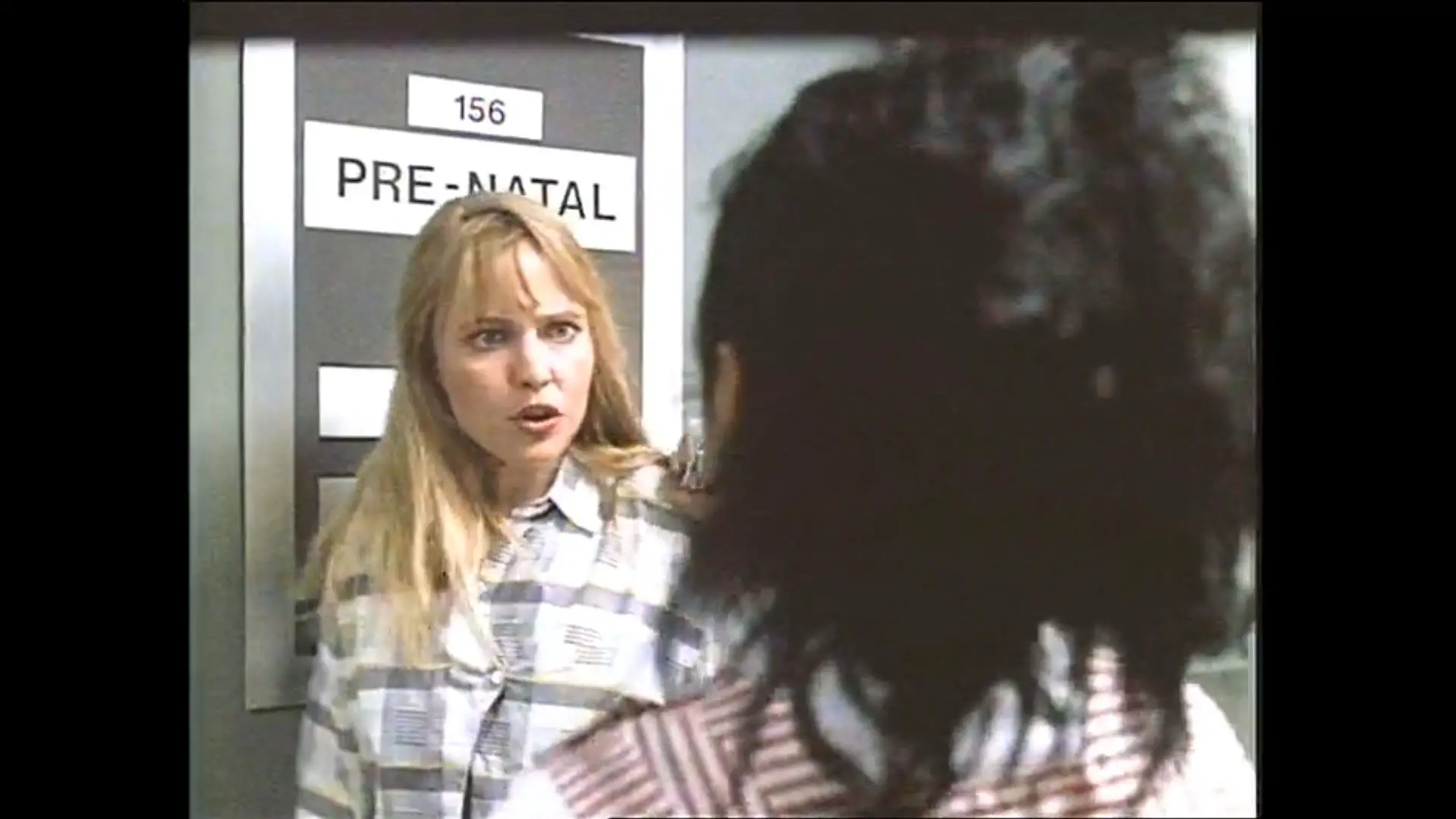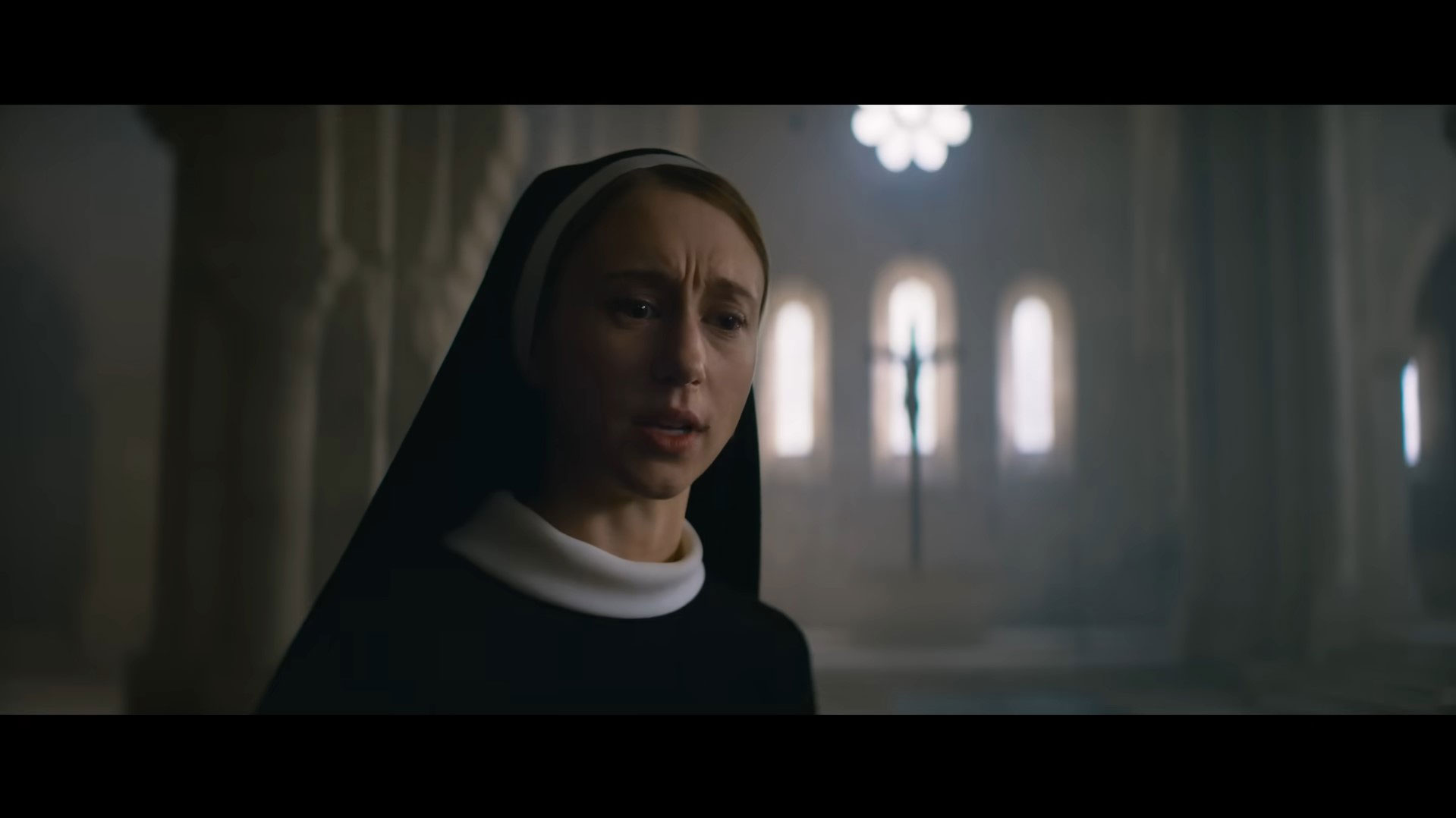
Gothic Movies
Gothic movies are a genre defined by mood, atmosphere, and emotion rather than fast-paced action or traditional plot structure. Rooted in Gothic literature of the 18th and 19th centuries, these films explore themes of mystery, death, madness, isolation, and the supernatural—often set against visually rich, melancholic backdrops like decaying castles, foggy landscapes, or haunted mansions.
A hallmark of gothic cinema is its emphasis on visual style: high contrast lighting, dramatic architecture, sweeping staircases, candlelit halls, and stormy weather all serve to heighten the mood. This aesthetic, sometimes romantic and other times terrifying, supports stories about cursed families, tragic love, and the collision of the rational with the irrational.
Early examples include Rebecca (1940) by Alfred Hitchcock—a psychological gothic tale of jealousy, grief, and the lingering presence of the past. Films like Wuthering Heights and Jane Eyre adapt classic Gothic novels, focusing on doomed romance and emotionally intense characters caught in oppressive settings.
Gothic movies often blend with other genres. In horror, Dracula, Frankenstein, and The Others represent gothic horror’s brooding tension and supernatural elements. In romance, films like Crimson Peak evoke ghostly love stories drenched in gothic grandeur. Even in modern thrillers like Sleepy Hollow or Penny Dreadful (a gothic-inspired series), you’ll find the DNA of the genre—melancholy, mystery, and moral ambiguity.
Contemporary gothic films may swap castles for crumbling estates or inner-city decay, but they retain the focus on psychological complexity, inner torment, and eerie beauty. Characters are often haunted—by ghosts, by memories, or by their own desires.
Gothic movies are not just about fear or romance; they are about mood and mystery. They captivate with haunting elegance, drawing viewers into shadowy worlds where beauty and darkness coexist—and where the past never truly dies.


The Crow (2024)

A Nightmare on Elm Street 5: The Dream Child

The Nun II



